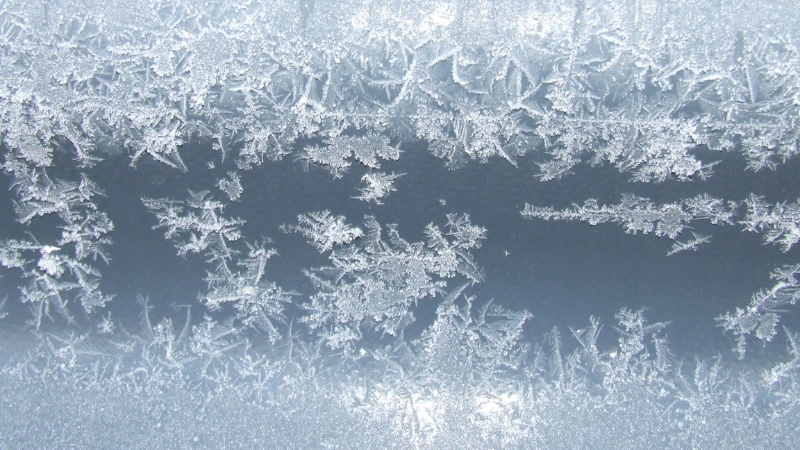
14 Jan Anatomy of a Freeze
This guest blog was written by Bret Lyon
Anatomy of a Freeze – or Dorsal Vagal Shutdown
(Drawn from Steven Porges and Peter Levine)
In order to sustain life, the body has two complementary nervous systems: a Sympathetic (arousing) and a Parasympathetic (calming). Both are needed not only for psychological balance, but for survival. Without a Parasympathetic modification, the heart would beat too quickly to sustain life.
Ideally there is a smooth balance between the two, a gentle collaboration. The Sympathetic is dominant in exertion, exercise, athletics, emotional and sexual arousal as well as stressful situations.
The Parasympathetic takes over in relaxation, sleep, meditation, massage, gentle touch, connecting deeply with another person, nurturing – both nurturer and nurtured.
When stress is very great, the Sympathetic system automatically goes to a fight or flight response. This is built in to the system. It can happen in response to external threat or the perception of threat.
Either fighting or fleeing can resolve the stress.
If neither is possible or successful, the sympathetic arousal can get so extreme that it is too much for the body to handle.
At this point, we have a failsafe survival mechanism. The Parasympathetic system spikes. It comes in so strongly that it overwhelms the Sympathic arousal and sends the person into a state of Freeze. This can be full collapse, dissociation, or a more partial freeze such as inability to think clearly or access words or emotions, or move parts of the body.
This can be momentary, short term – such as a possum freezing and becoming reanimated after the predator leaves, or, in humans, continue indefinitely.
Stephen Porges has focused his attention on the Vagus Nerve, one of the largest nerves in the body and a major part of the Parasympathetic system.
The Vagus has two branches: dorsal (back) and ventral (front). The Dorsal Vagus is a large, primitive nerve, which is common to all animals, including fish. I goes down the spine and has a role in controlling our lungs, hearts (moderating heartbeats so they don't get too rapid) and stomach (where it actually aids digestion).
It is prominent in sleep and relaxation – i.e. when we lie on the beach in the sun. It is very active in the “diving reflex” that allows marine mammals to hold their breaths for long periods of time.
A cultivation of the reflex has allowed humans to set records of over 6 minutes under water.
Normally, the Dorsal Vagus serves a very positive function. It helps the body gently pendulate between arousal and relaxation. However, when the Sympathetic is too aroused, the Dorsal Vagas nerve can shut down the entire system and we go into freeze. This is most common in trauma and shame, which is developmental trauma.
The Ventral or front Vagus Nerve is a much more recent addition. It is common to mammals, who raise live young, not reptiles, birds or fish. It goes directly to the muscles of the face and helps determine expression and is active in social engagement.
When the Ventral Vagal is active we seek and initiate social contact.
Social engagement for mammals is a way of activating the Parasympathetic system. Ventral Vagal social engagement – or attachment behavior – is a way to prevent and come out of Dorsal Vagal Shutdown.

